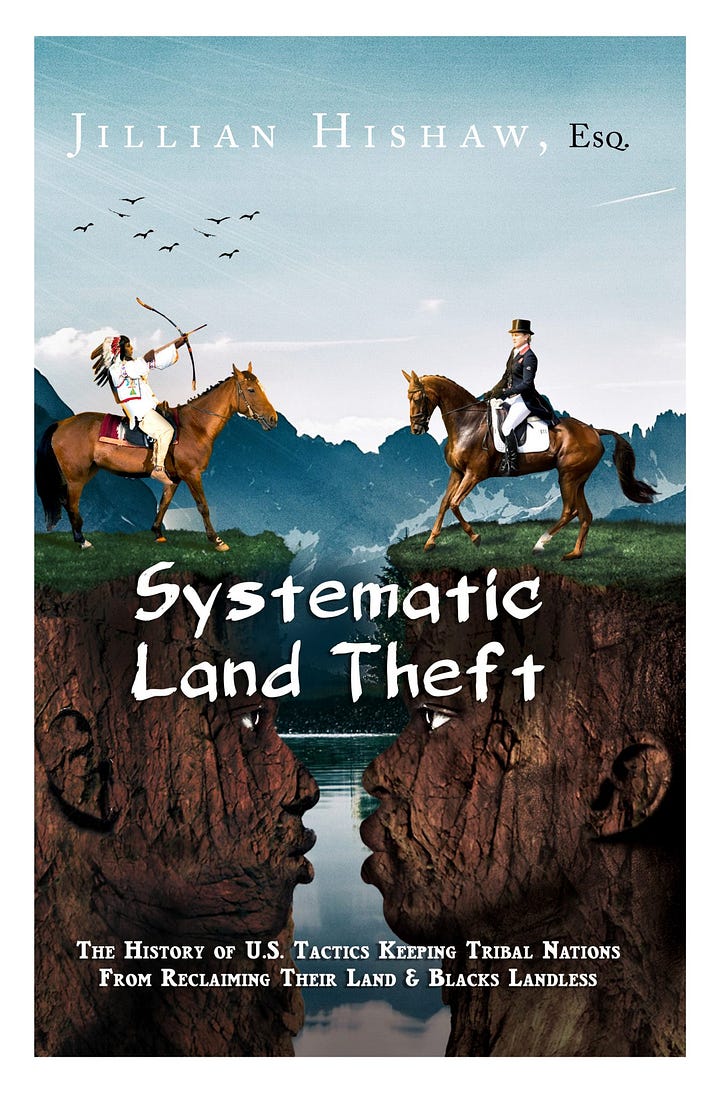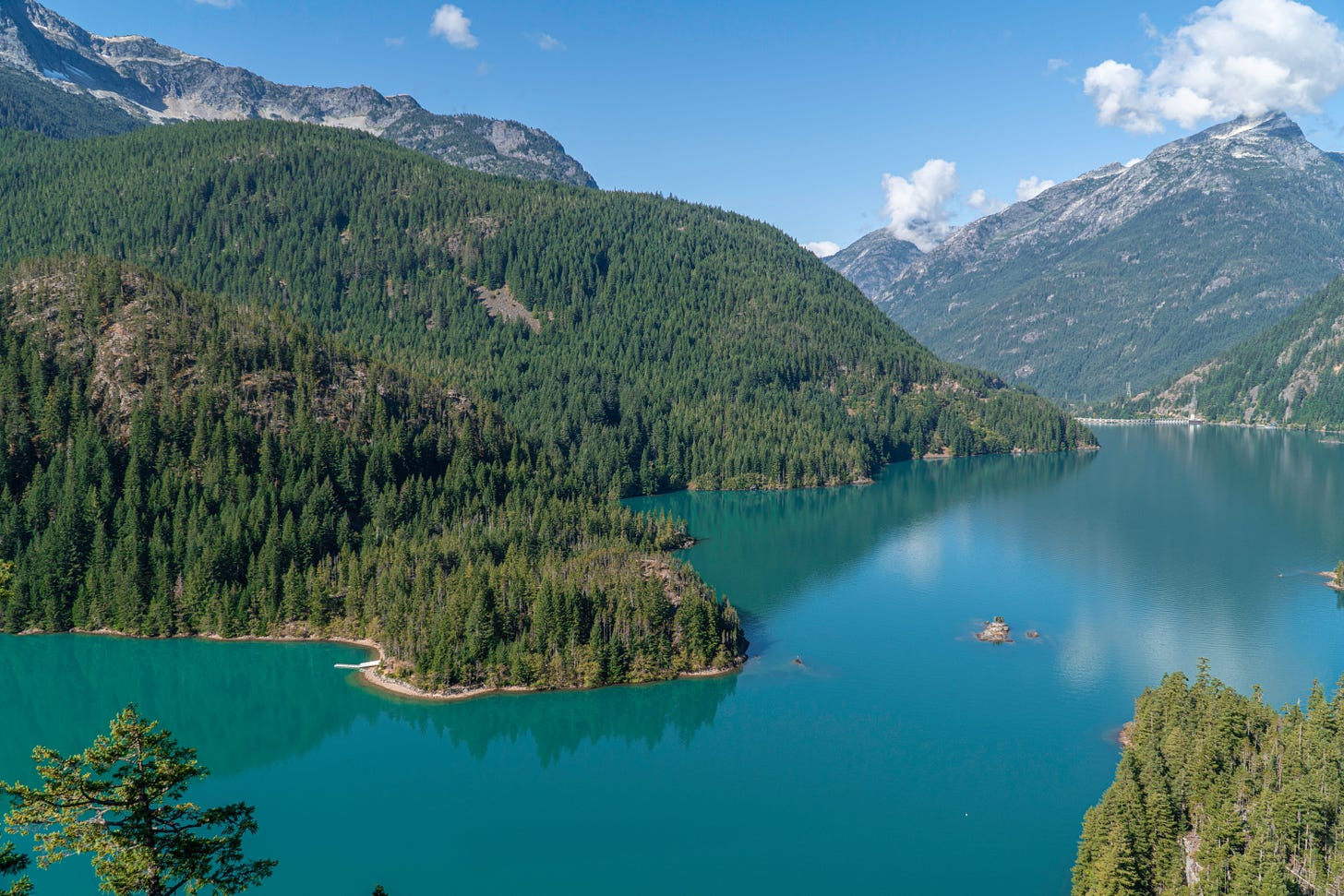Saving the Fish, Saving the Tribes
Salmon Loss and the Survival of Tribal Nations in Washington State
Unsplash Photo Credit (@Zachary_gilseth)
The devastating loss of salmon in Washington state has had a profound impact on the native tribes that call the North Cascades Mountain region their home. Generations of Wenatchi families have been forced to witness the decline of their beloved fish population, and it is a heart-wrenching sight to behold.
It’s an issue whose root cause can be traced back to policies and development decisions made many decades ago, and the consequences have been dire. Despite this, the Wenatchi people continue to persevere, using their handmade nets to fish for salmon along the banks of Icicle Creek in the evenings. But the stark reality remains - the local salmon population has plummeted dramatically over time, leaving a significant impact on the tribes' way of life.
The declining salmon population in the Columbia Basin is a dire issue, as it poses a significant threat to the livelihood of several tribes inhabiting the region. The gravity of the situation is often lost on settlers who remain ignorant of the plight facing these indigenous communities.
It's worth noting that the dams constructed on major rivers in Washington and Oregon have become a vital component of several industries in the area. By way of example, the manufacturing sector in Oregon owes its existence to the government's decision to erect these dams. Even today, these rivers continue to serve as a crucial conduit for various commercial activities.
It should also be noted that tour boats operate on the Columbia River’s dam reservoir regularly. The thousands of tourists that visit these regions are unaware that these dams have negatively impacted salmon populations and have disrupted the way of life for numerous tribes that have inhabited the region for centuries.
The settling of non-native groups in the region brought with them an acute awareness of the local salmon populations. These are the very same populations that fueled the growth and development of Washington and Oregon. The thriving salmon canning industry of the early 20th century stands as testament to their impact. And yet their impact didn't end there. The natural decomposition of these salmon on the riverbanks continually replenished the soil's fertility, keeping the local timber industry alive and thriving. This has exacted a powerful impact, indeed.
The reckless fishing practices of non-Native groups proved to be catastrophic for the salmon populations, causing them to dwindle rapidly. However, the government's attempts to preserve the salmon in the North Western regions were gravely misguided. Instead of curbing commercial activities and giving salmon a chance to regenerate, they imposed fishing restrictions on the Native communities, further compounding the problem.
Decades of discrimination against Native communities in Washington and Oregon have had a devastating impact. The government's decision to construct multiple dams on major rivers was only the beginning, as they went on to fund the creation of 26 hatcheries to boost the salmon population and support commercial fishing activities. At first glance it seemed like an opportunity for Native groups to regain their traditional salmon fishing practices. But instead, the states actively worked to prevent them from accessing the government-run hatcheries. The consequences of this ongoing injustice cannot be downplayed.
Unsplash Photo Credit (Brandon @greener_30)
In the 1980s, the Federal government made headlines by apprehending 75 Native fishermen on the accusation of poaching a staggering 40,000 salmon from the Columbia River. David Sohappy, a Yakama fisherman, bore the brunt of wrongful allegations as he was sentenced to half a decade in prison for fishing on land that rightfully belonged to his ancestors. However, it was a startling revelation that the Salmon population in the area wasn't declining as thought to be. The impact of this realization cannot be overstated.
It was later discovered that the Salmon population in the area hadn’t plummeted due to Native overfishing. Rather, the fish had moved elsewhere to get away from the pollution generated by an aluminum plant upstream.
Despite this revelation, many people still blame Native groups for the reduction in salmon numbers in the region. Some tribal groups have set up their own salmon hatcheries to combat the problem. However, federal regulators have made efforts to stamp out these hatcheries. One of the reasons they cited was that the captive fish bred at these hatcheries could potentially mix with the wild salmon population in the rivers and create issues.
Sadly, native groups have been consistently fighting an uphill battle for over a century on the issue. However, some believe they may finally see positive change in 2023.
A number of the tribes that have been fighting for treaty rights related to salmon fishing have recently begun engaging in dialogue with the Biden administration. The administration has offered hope of removing some of the dams currently situated on the Snake River which would help to reintroduce salmon to parts of the Columbia River.
It is difficult to predict whether this strategy will help bring about the type of change these Native groups have hoped for. However, it is a positive step that may lead to more progress for Native groups in the future.


Jillian Hishaw is an agricultural attorney that has over 20 years of legal experience litigating against federal and state governments to protect land and natural resources of small family owned farms. Her most recent book, Systematic Land Theft: The History of U.S. Tactics Keeping Tribal Nations From Reclaiming Their Land and Blacks Landless is the most comprehensive, well-documented outline of U.S. history regarding Black and Indigenous land theft.



